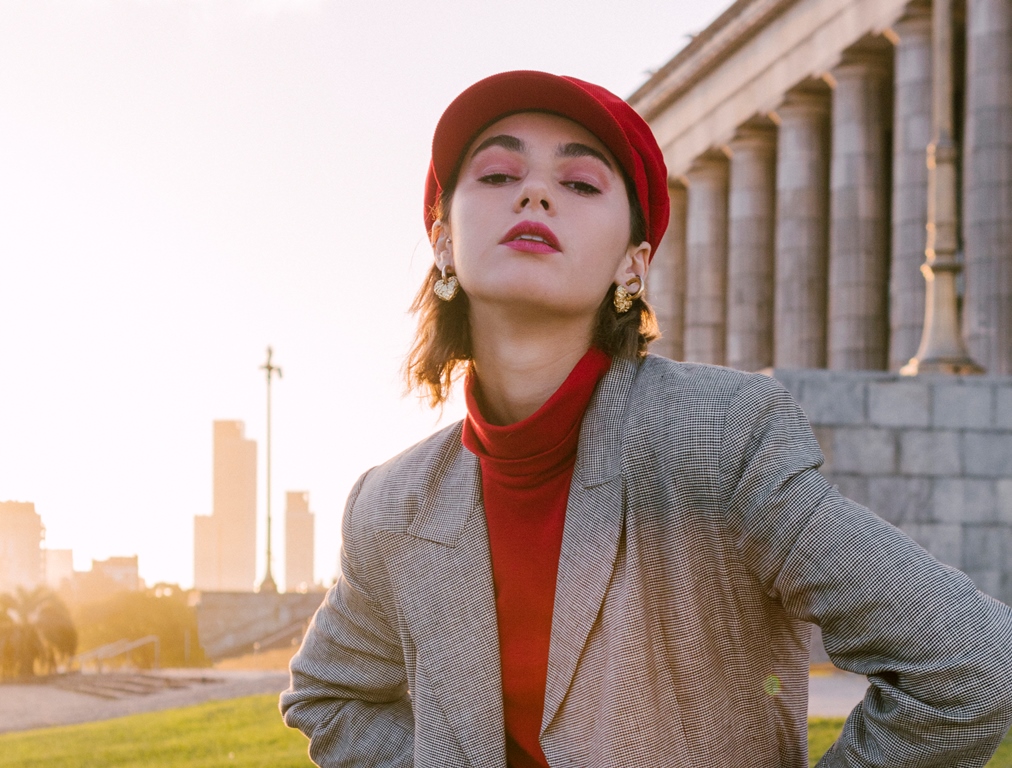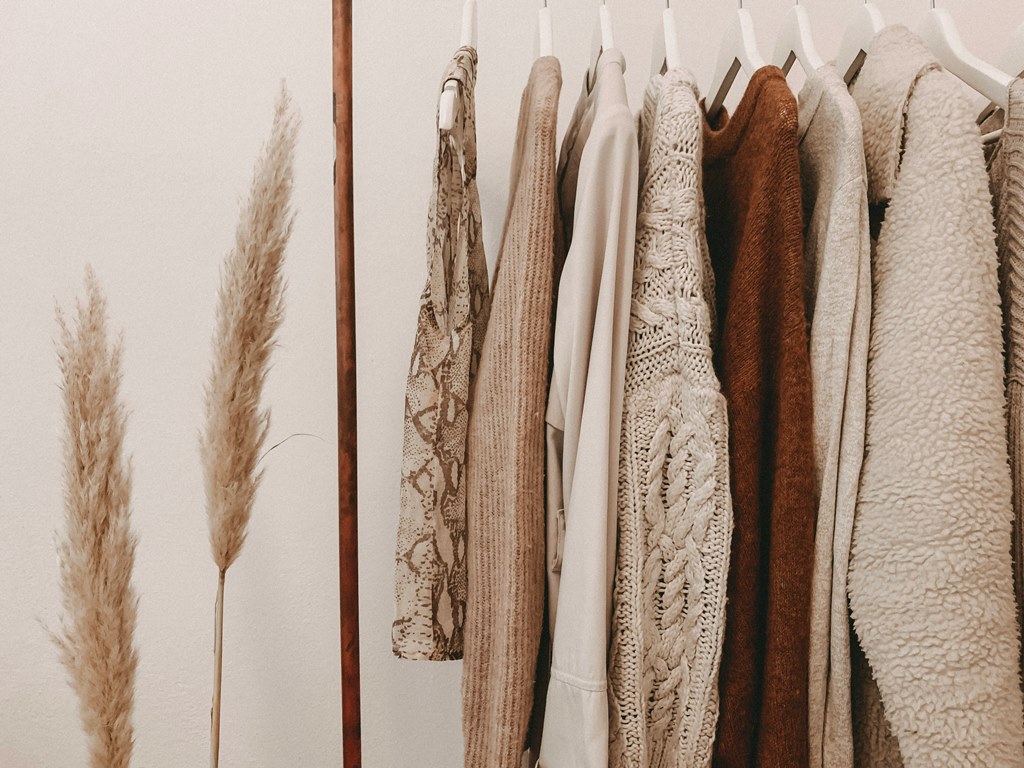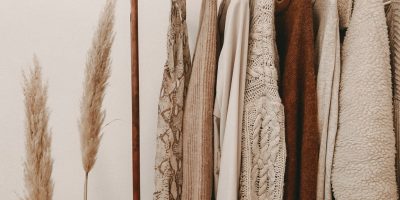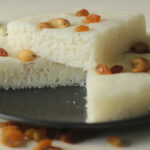Fashion designer Hatta Dolmat, on the other hand, described the ‘Old Money’ style as focusing on comfort, quality, and a modest lifestyle. Those who embrace this style tend to favour clothing without bold patterns, opting for pastel colours such as soft blue and light yellow, which are easy to mix and match.
“These individuals value simplicity, with classic and minimal clothing cuts. It’s not about Y2K fashion, oversized styles, and so on. They prefer clothes that are practical for everyday life without being excessive,” Hatta explained.
He provided examples such as high-quality white shirts, perfectly tailored trousers, and bespoke suits for special occasions as symbols of the ‘Old Money’ style, along with an emphasis on the meticulous choice of material and craftsmanship.

“The best example is clothing from brands like Ralph Lauren, which features knitted sweaters with minimal polo embroidery in pastel colours. This style prioritises detail and quality,” he said, also suggesting accessories such as wayfarer glasses, oxford shoes, and appropriately chosen watches and handbags.
Although this trend is popular on social media, Hatta said that ‘Old Money’ fashion is not about chasing brands or fame, but rather about a timeless style that remains unaffected by changing trends.
“The ‘Old Money’ crowd doesn’t showcase brands or status. Instead, they focus on simplicity and quality in their lifestyle,” he said.
Hatta believes that in the Malaysian context, true ‘Old Money’ fashion can be reflected through heritage pieces like songket and tenun, celebrated as symbols of luxury.
“There’s nothing wrong with fashion; it’s a personal choice, and there’s no such thing as ‘awkward.’ Fashion is all about individual taste, but it’s important to consider what’s appropriate for the time and place.
“For instance, you wouldn’t wear a suit in the scorching heat. If you really want to change your style, consider adopting the concept of going back to basics—wear tailored clothes and prioritise quality over trends,” he said.














